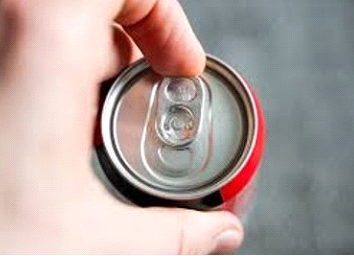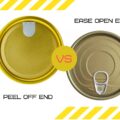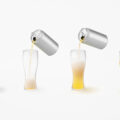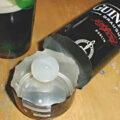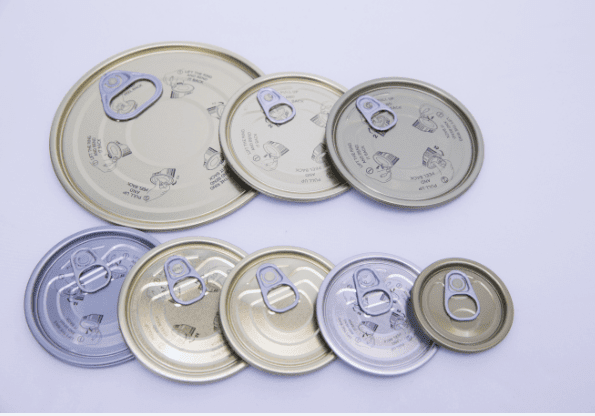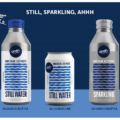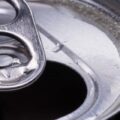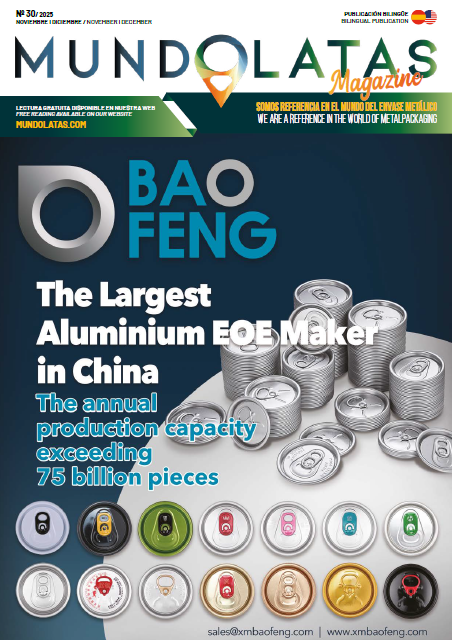In Spanish households, cans are a common item for both soft drinks and energy drinks. However, despite being consumed in large quantities, we often do not pay attention to important details of the product, such as its cylindrical shape with the curved base or the small hole in the flange. These characteristics are key due to the gas inside the can, which is responsible for accidentally spilling the beverage when shaking and opening a can. When the can is shaken abruptly, the bubbles adhere to the edges and when the can is uncorked, they are released along with the liquid contents, causing an overflow.
The main reason why the cans have a cylindrical shape is to evenly distribute the gas pressure inside the can that is produced when sealing it. This also helps to reduce the use of aluminum in its production. As for the hole in the flange, it has been suggested that it is a hygienic measure to avoid drinking from a can handled by others. Once used, the flap can be closed again and a straw can be placed in the drinking hole without the straw coming out due to the pressure of the gas in the liquid.
What happens when a carbonated beverage is moved?
The carbon dioxide in the can dissolves in the liquid and is converted into carbonic acid. When the can is opened, the pressure inside the can decreases and equalizes with the ambient pressure. Carbon dioxide is then no longer a liquid but a gas. The Aquae Foundation points out that when the can is shaken, the carbonic acid bubbles adhere to the walls. And when the can is opened, those bubbles are released along with the liquid, causing it to spill out.
If you want to prevent a soda can from spilling when you open it, you can follow this recommended method: shake the can vigorously for about one minute. Then tap three different places on the can with your finger, on the top, in the center and on the bottom. Repeat this process two more times by turning the can. Finally, you can open it without worrying about the liquid spilling out.

